

Damion Smy
Suzuki Fronx recalled after seatbelt failure sparks ‘urgent investigation’
7 Hours Ago

News Editor
Subaru is celebrating a significant milestone: 20 million all-wheel drive vehicles produced.
The company’s Australian arm opted to exclusively import AWD models in 1998, though it subsequently made an exception for the Subaru BRZ.
In 2020, AWD vehicles accounted for 98.71 per cent of Subaru’s overall volume in Australia.
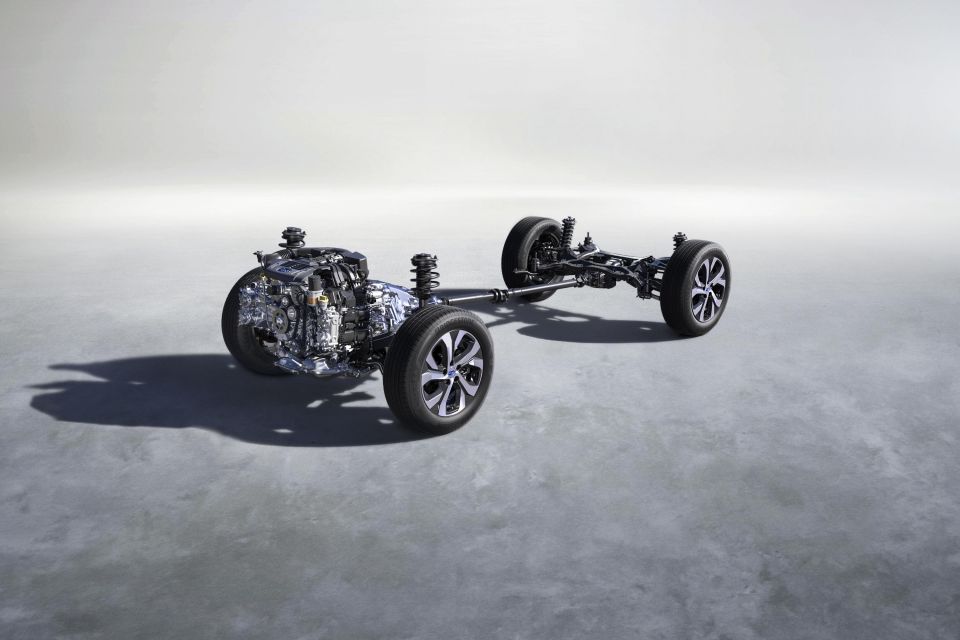
Globally, AWD models now account for 98 per cent of the brand’s sales.
The company’s non-BRZ model range is typically AWD-only globally, though there are front-wheel drive Impreza and Justy models available in Japan.
“A key factor for Subaru AWD popularity in Australia is the volume of dirt roads, once you get not far beyond metro areas,” said Subaru Australia general manager Blair Read.
“It’s no coincidence that Subarus over-index in places like Tasmania, because the sheer grip of AWD is a massive peace-of-mind factor for those hitting the dirt every day.
“Equally, the safety and sense of security of Subaru AWD around town is a critical ingredient in our city success – just ask anyone driving a Subie on a rainy day.”
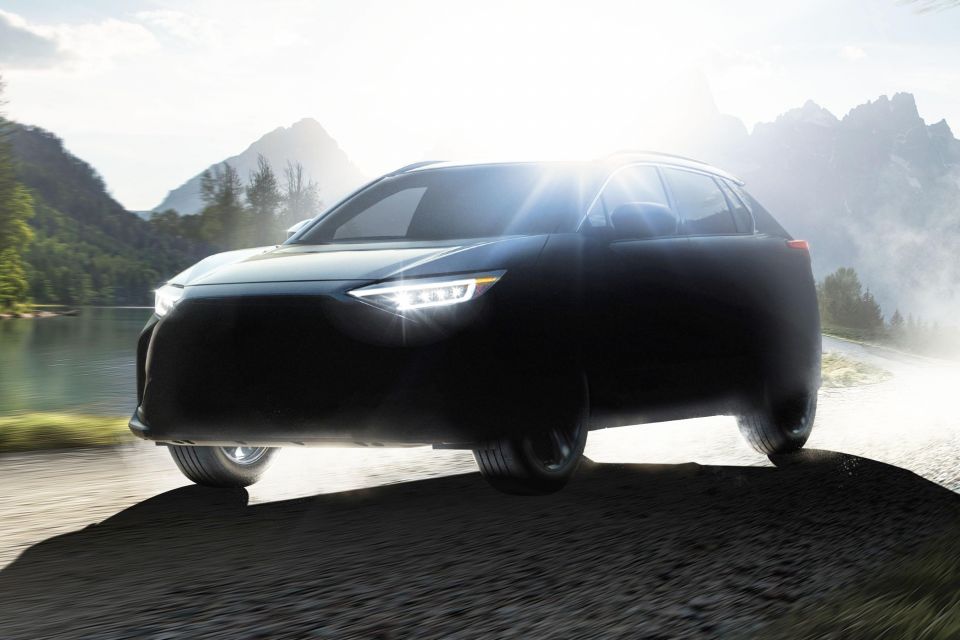
Subaru says electrification will further enhance its all-wheel drive systems, citing the upcoming all-electric Solterra crossover.
Unfortunately, there are no plans to bring the Solterra to Australia.
The company first started producing all-wheel drive vehicles with the Leone 4WD Estate Van in 1972, Japan’s first mass-produced all- or four-wheel drive passenger car.

Reportedly, a Japanese company – Tohoku Electric Power Co. – had approached Subaru in 1969 to request the automaker produce a four-wheel drive vehicle to replace its fleet of rugged off-roaders.
These were proving uncomfortable to drive and especially unpleasant in the winter with their canvas tops.
As Subaru was one of the earliest large-scale adopters of front-wheel drive, engineers took the front-wheel drive Leone in development and added a rear differential and other hardware to give it all-weather traction.
Previously, four-wheel drive had been exclusive to the likes of larger off-roaders, commercial vehicles, and exotic fare like the Jensen Interceptor.
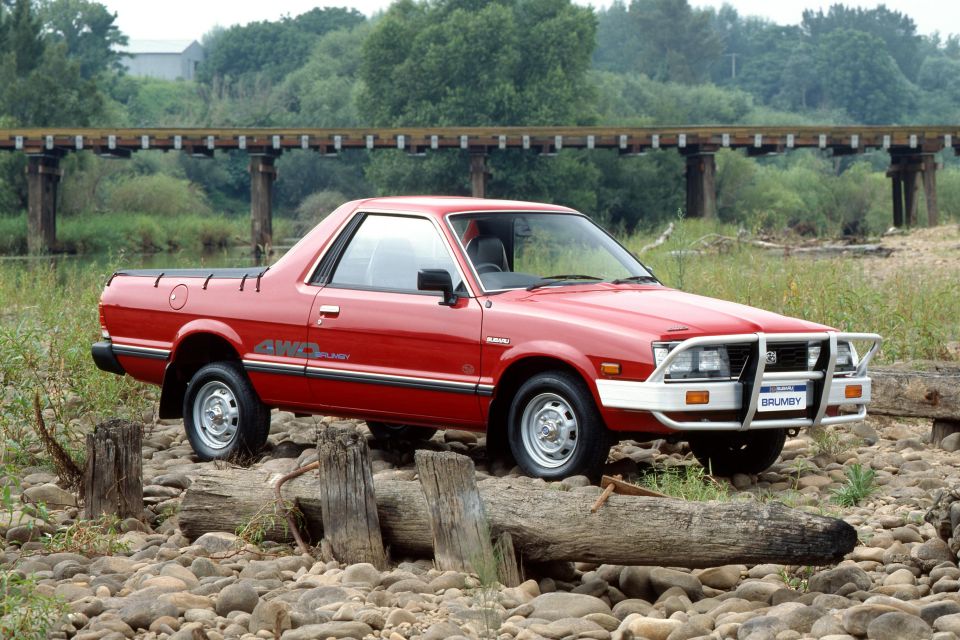
The Leone was launched in Australia in 1975 and was followed in 1978 by the Brumby ute, which struck a chord with many Aussies, particularly those in regional areas.
Subaru still uses the Brumby in its advertising campaigns, though there’s no word of Subaru returning to the ute market. It offered the Liberty-based Baja in some markets in the 2000s, but it proved unsuccessful.
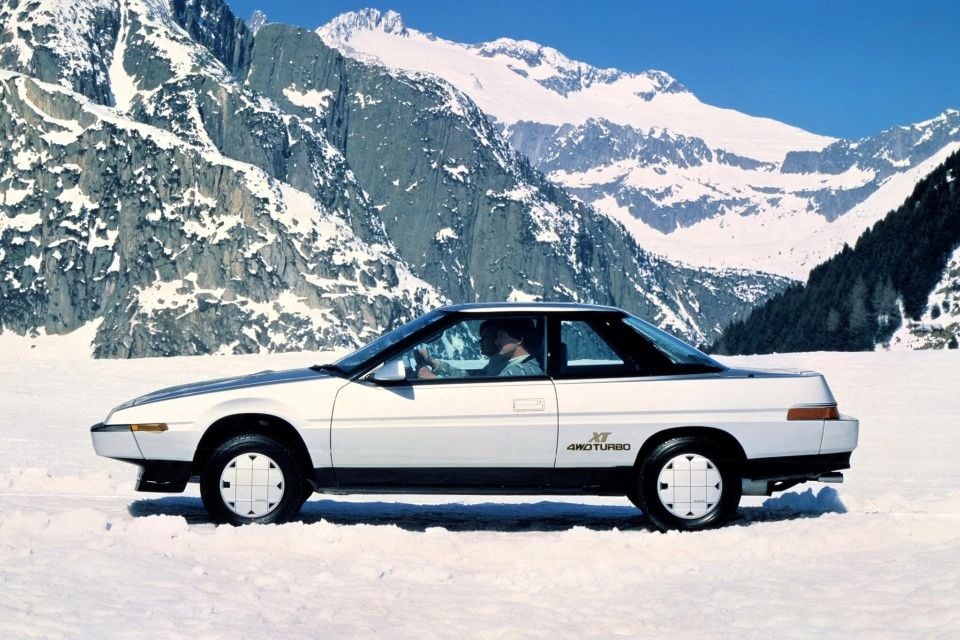
Initially, all-weather Subarus used a part-time four-wheel drive system but a full-time system joined the line-up with the Vortex.
The company’s work developing all-wheel drive versions of its small family vehicles inspired other automakers to follow suit, particularly in Japan where seemingly almost every model gained an all- or four-wheel drive variant in the 1980s.
This included the Toyota Tercel, Corolla and Camry, as well as the Mazda 323, Mitsubishi Chariot (Nimbus) and Nissan Prairie.
Few of these models came to Australia, with Subaru being the most consistent brand in offering all-weather passenger cars in Australia.
After the launch of the Toyota RAV4, all-wheel drive crossovers surged in popularity and reached heights all-wheel drive passenger cars never could.
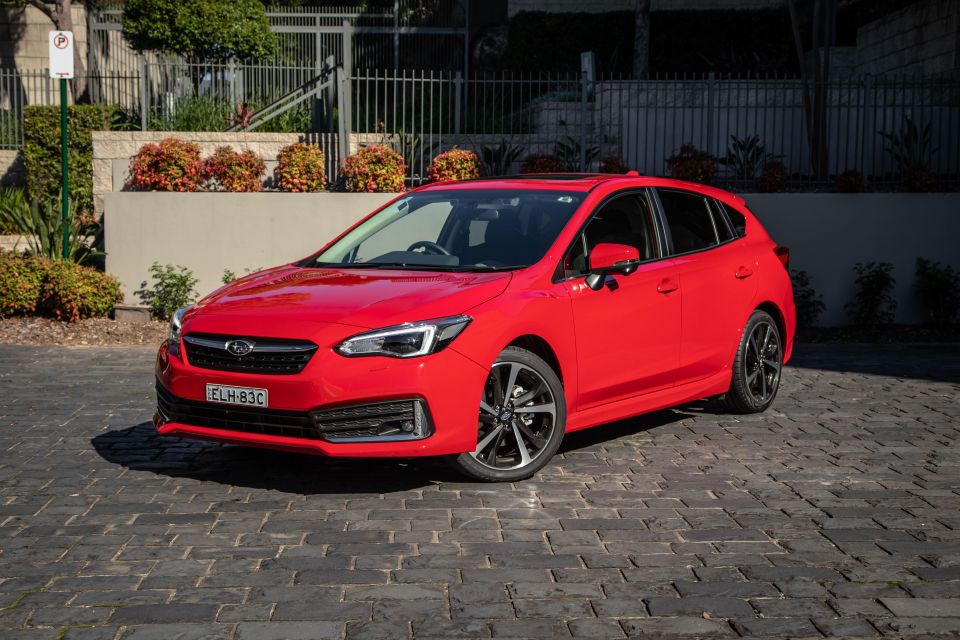

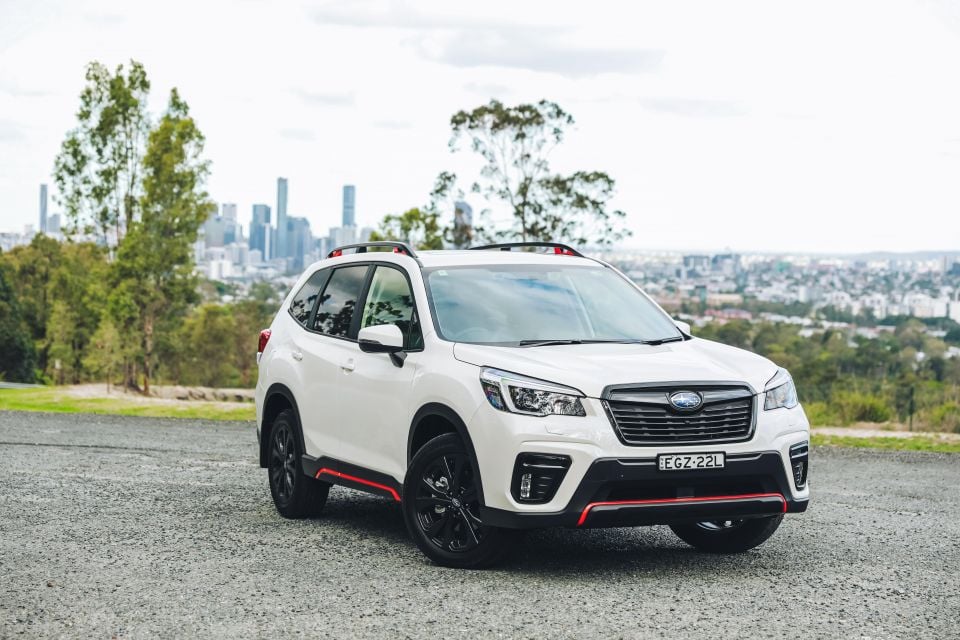
Despite the widespread availability of rivals to the likes of the Subaru Forester, the brand’s best-seller continues to be one of the best-selling models in the hotly competitive mid-sized SUV segment.
The company’s flat-four Boxer engine, which first appeared in the front-wheel drive 1966 1000, has also become an intrinsic part of the brand’s identity.
Every Subaru in Australia uses a flat-four engine, even the rear-wheel drive BRZ.
Where expert car reviews meet expert car buying – CarExpert gives you trusted advice, personalised service and real savings on your next new car.
William Stopford is an automotive journalist with a passion for mainstream cars, automotive history and overseas auto markets.


Damion Smy
7 Hours Ago
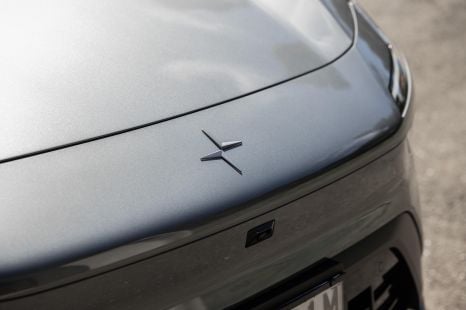

Damion Smy
8 Hours Ago


Damion Smy
9 Hours Ago
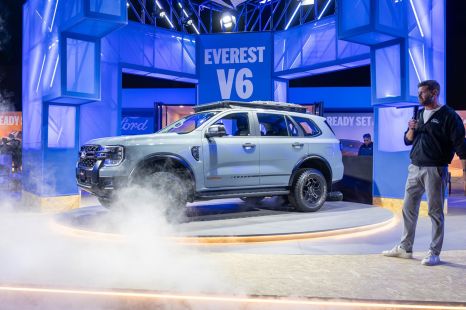

Damion Smy
12 Hours Ago


CarExpert.com.au
13 Hours Ago


Ben Zachariah
15 Hours Ago